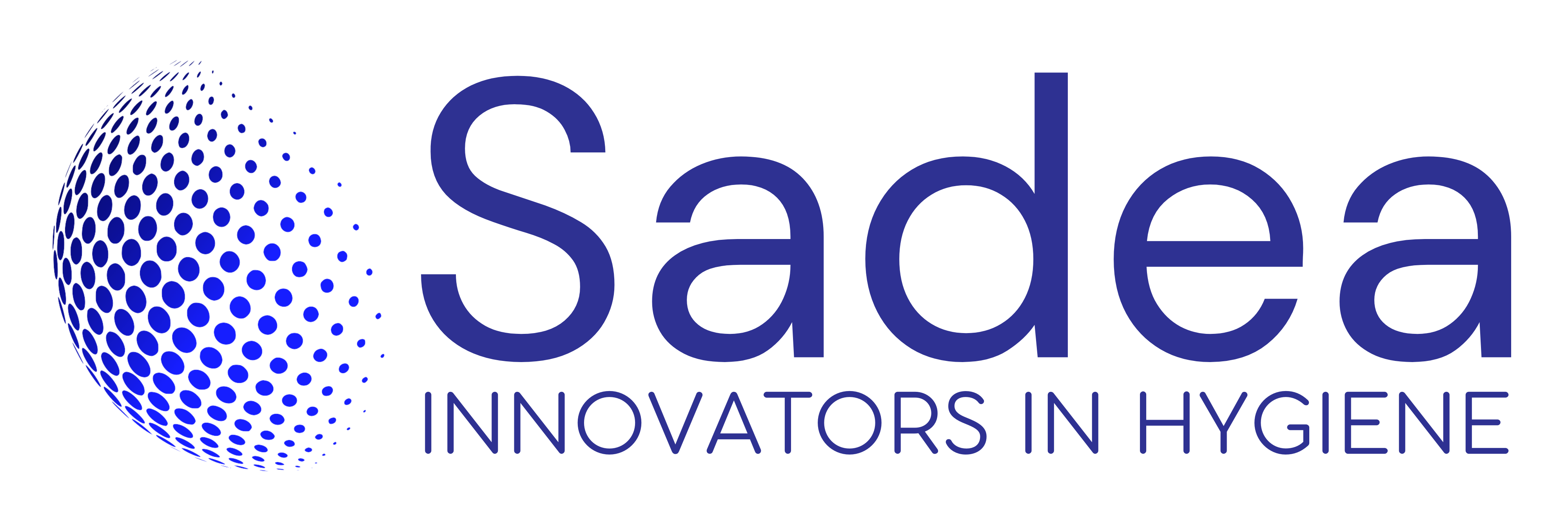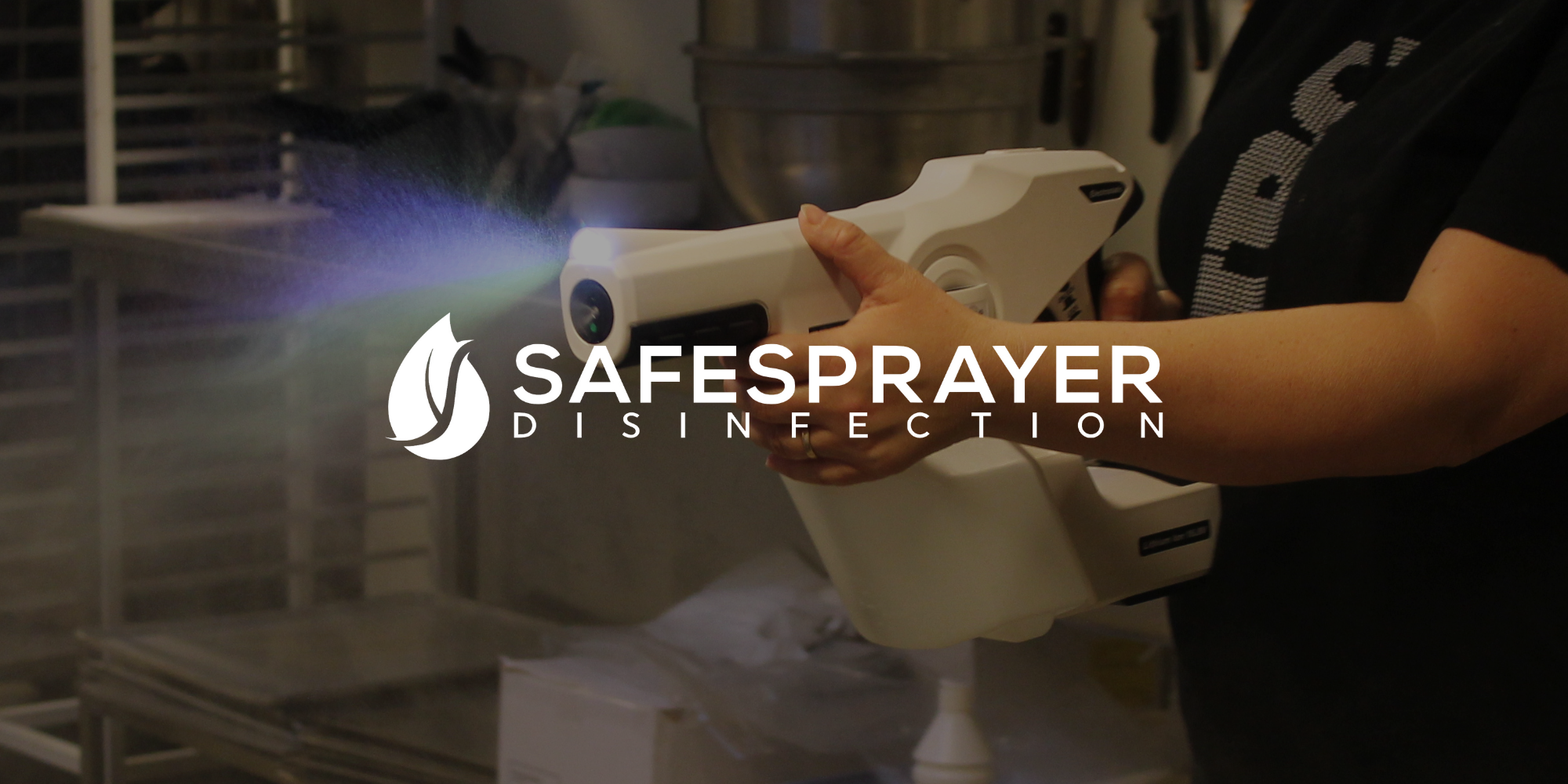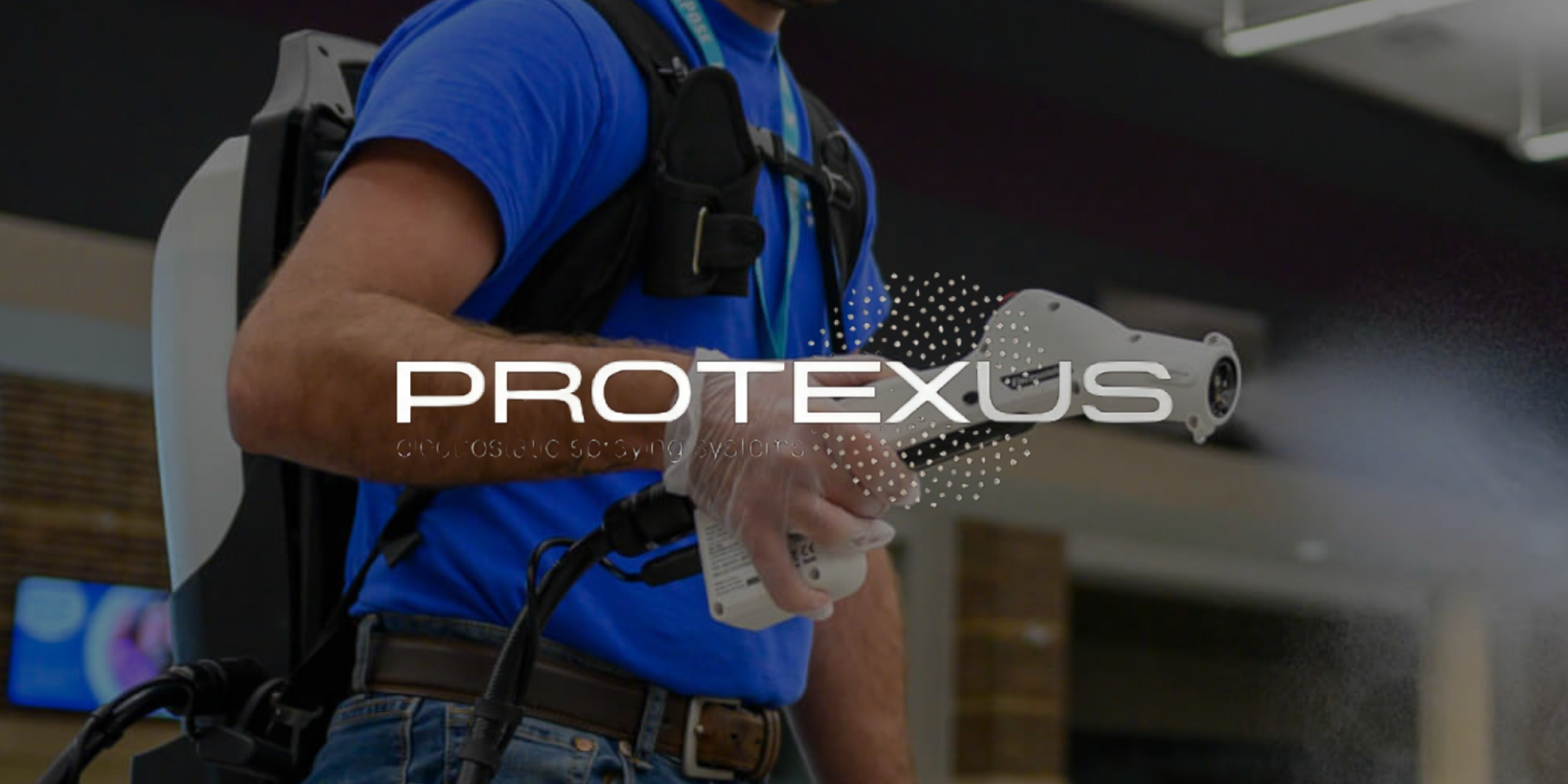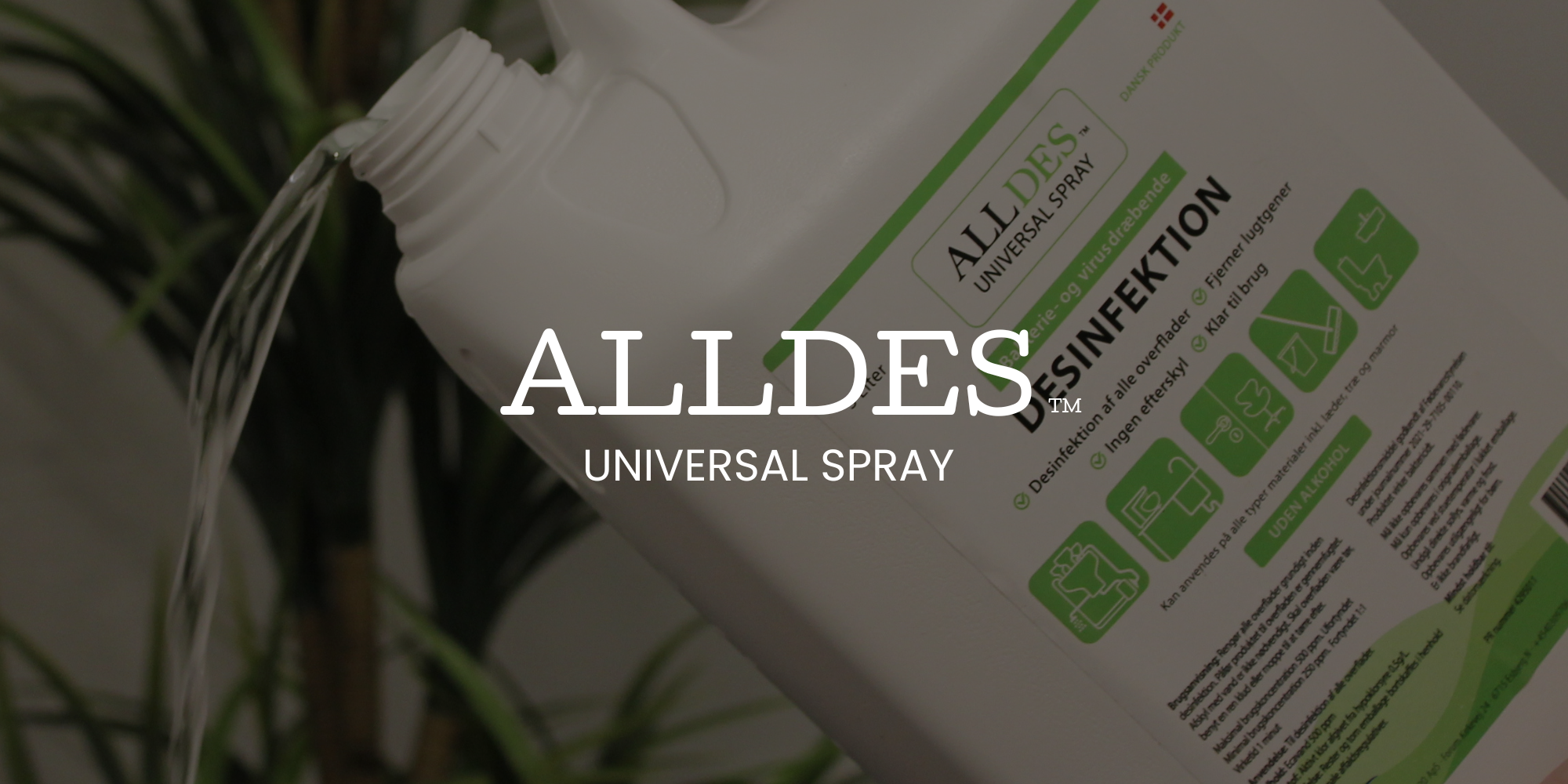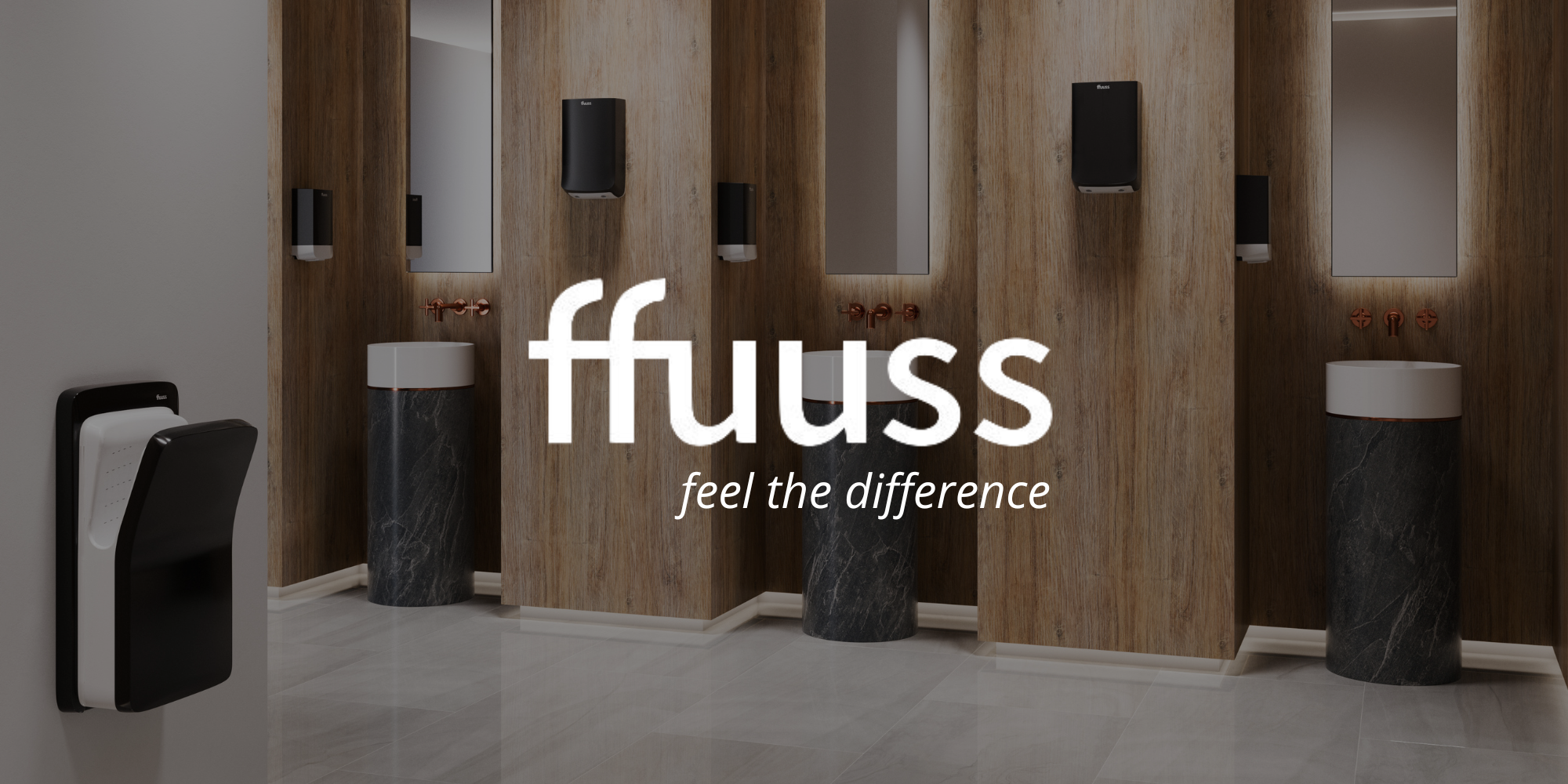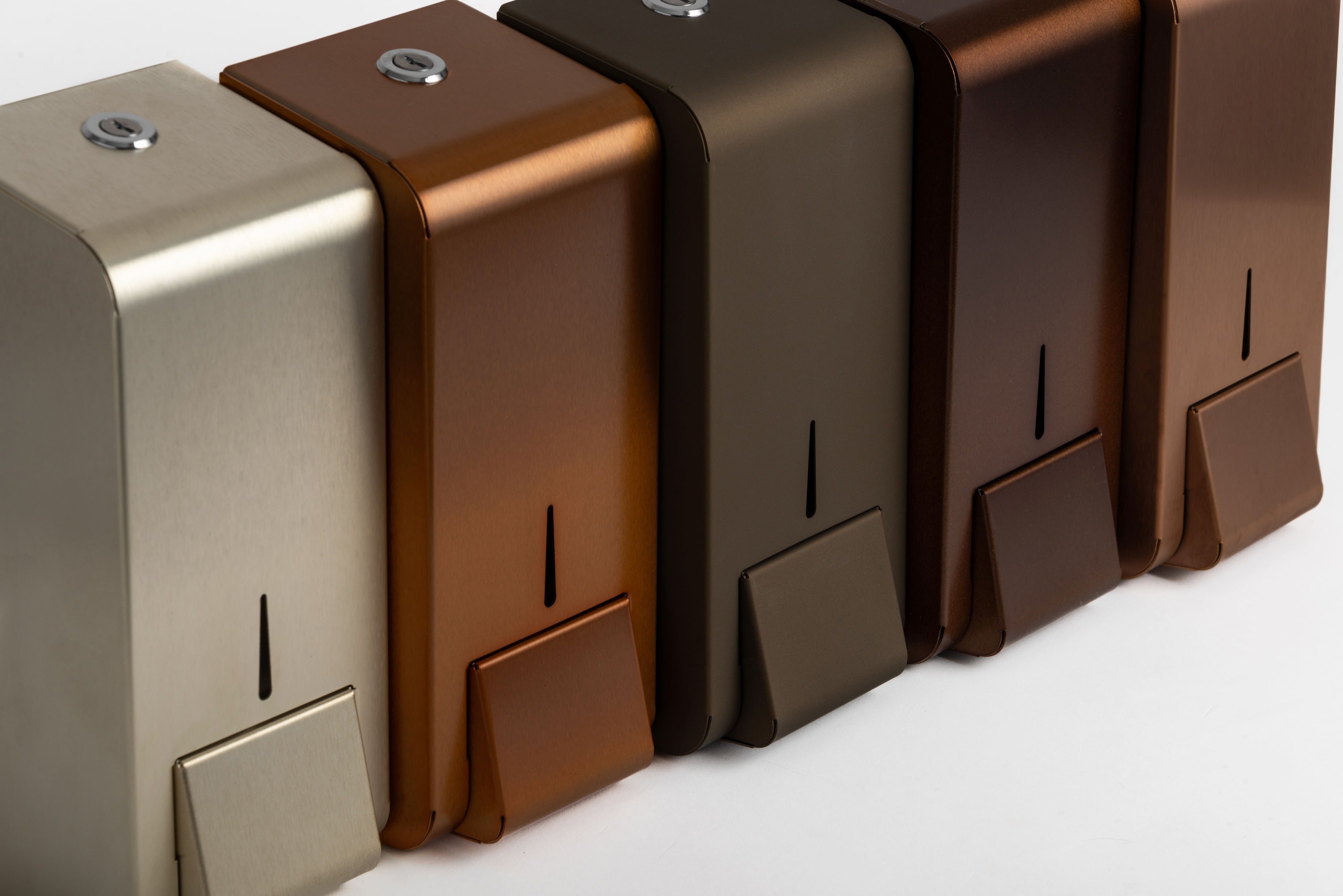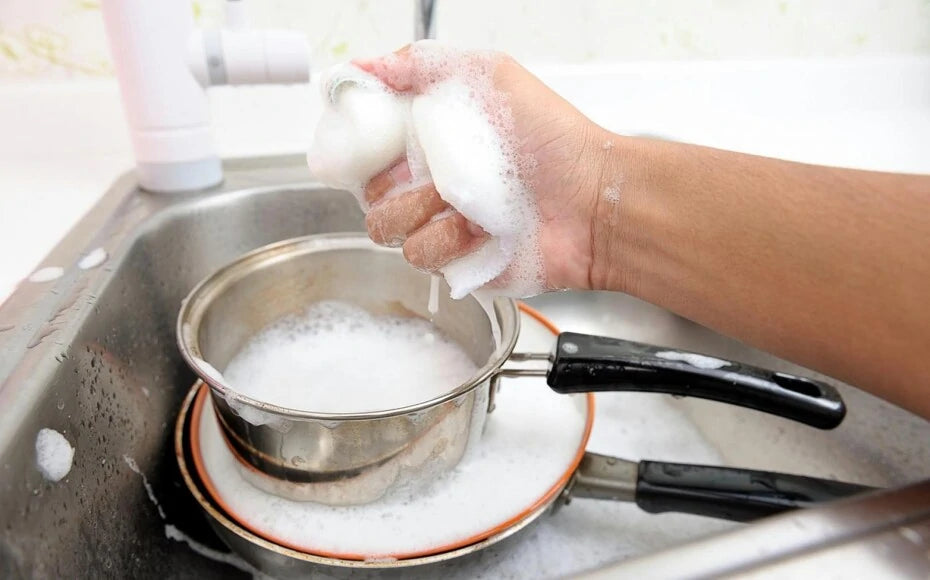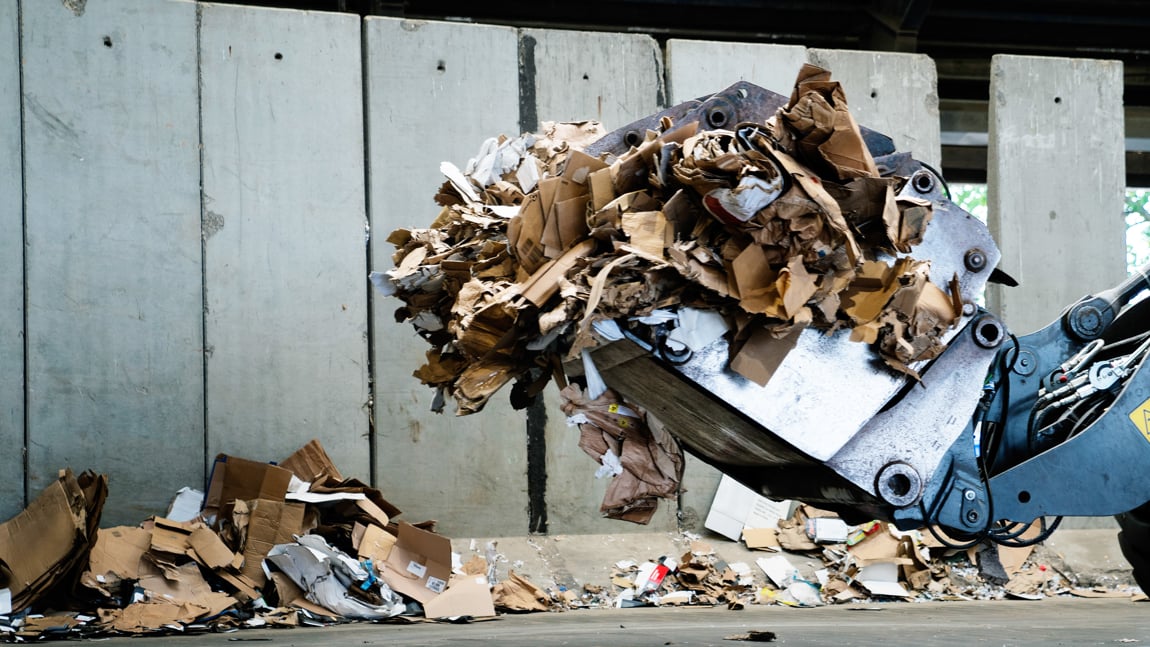Cleaning plays a vital role in any workplace, especially when it comes to maintaining a healthy and hygienic environment. Effective cleaning routines can not only help prevent the spread of bacteria and viruses, but also increase well-being and productivity among employees. Here are some steps to help you implement effective cleaning routines in your workplace.
1. Develop a cleaning plan: Start by developing a comprehensive cleaning plan that identifies all areas that require regular cleaning, including common areas, restrooms, kitchen facilities, workstations, and contact surfaces. Also indicate the frequency of cleaning for each of these areas.
2. Use the right cleaning agents and equipment: Choose cleaning agents and equipment that are effective in removing dirt and bacteria, while being gentle on surfaces and the environment. Make sure you have a variety of cleaning products for different purposes, such as disinfectants, all-purpose cleaners and window cleaners.
3. Train your cleaning team: Make sure your cleaning team is properly trained in proper cleaning technique and safety. This includes proper use of cleaning agents and equipment, as well as safety precautions to avoid injury and chemical exposure.
4. Implement cleaning procedures: Establish clear guidelines and procedures for cleaning each type of area in the workplace. This may include a detailed step-by-step guide to cleaning toilets, cleaning kitchen facilities and disinfecting common areas.
5. Monitor and evaluate cleaning standards: Be sure to monitor and evaluate cleaning standards on an ongoing basis to ensure that they are maintained at a high level. This may include regular inspection of cleaned areas as well as feedback from employees on any concerns or suggestions for improvement.
Frequently Asked Questions (FAQ):
1. Why are effective cleaning routines important in the workplace? Effective cleaning routines are important to maintain a clean, hygienic and safe working environment and to prevent the spread of disease-causing bacteria and viruses.
2. How can I ensure my employees meet cleaning standards? Encourage cooperation and accountability by involving employees in the cleaning process and encouraging them to report any issues or concerns. Clear communication about cleaning procedures and expectations can also help ensure compliance.
3. What types of cleaning agents should I use? Choose cleaning agents that are effective against dirt and bacteria, but at the same time gentle on surfaces and the environment. There is a wide selection of environmentally friendly and sustainable cleaning products on the market.
4. How often should common areas and contact surfaces be cleaned? Common areas and contact surfaces should be cleaned and disinfected regularly, preferably several times a day, especially in areas with frequent contact such as door handles, elevator buttons and desks.
5. How can I improve my cleaning routines? Regularly evaluate your existing cleaning routines and look for areas where there is room for improvement. Listen to feedback from employees and seek advice from professional cleaning experts on possible improvements.
By following these steps, you can achieve effective and careful cleaning practices in your workplace, contributing to a healthy and safe work environment for everyone.
